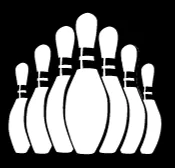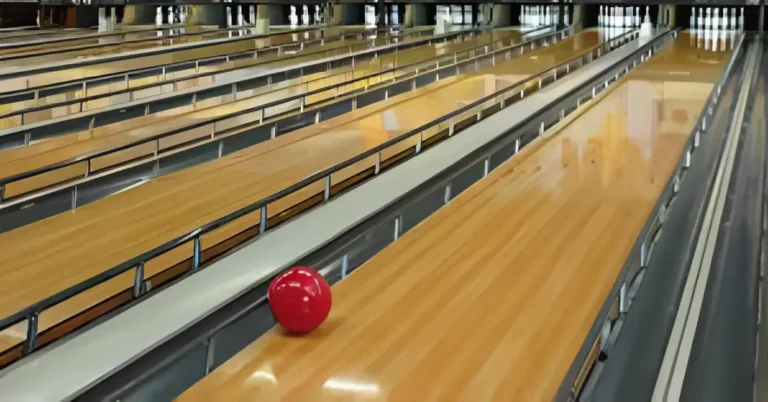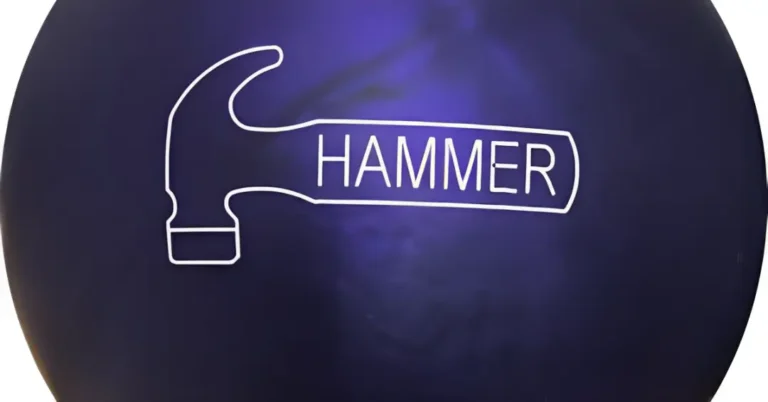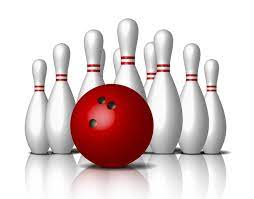Small Ball Bowling is Fun!
Candlepin bowling offers big fun in a small package. This variation of ten-pin bowling uses miniature balls, thin pins, and short lanes to create a unique challenge that tests skills not found in any other bowling sport. With a devoted regional following centered mostly across New England and Eastern Canada, candlepin bowling strikes a nostalgic chord harkening back to the early 20th century when it emerged.
While it may lack the global fame of tenpin bowling, candlepin has carved out its niche thanks to its distinct equipment, scoring, venues, organizations, and professional circuit. Aficionados praise candlepin bowling for being easier for kids and seniors to play while allowing for specialized mastery worthy of league championships. The balls don’t have holes, the pins are tall and skinny, and learning how to wield a small ball to clear a set of narrow sticks takes dedicated practice.
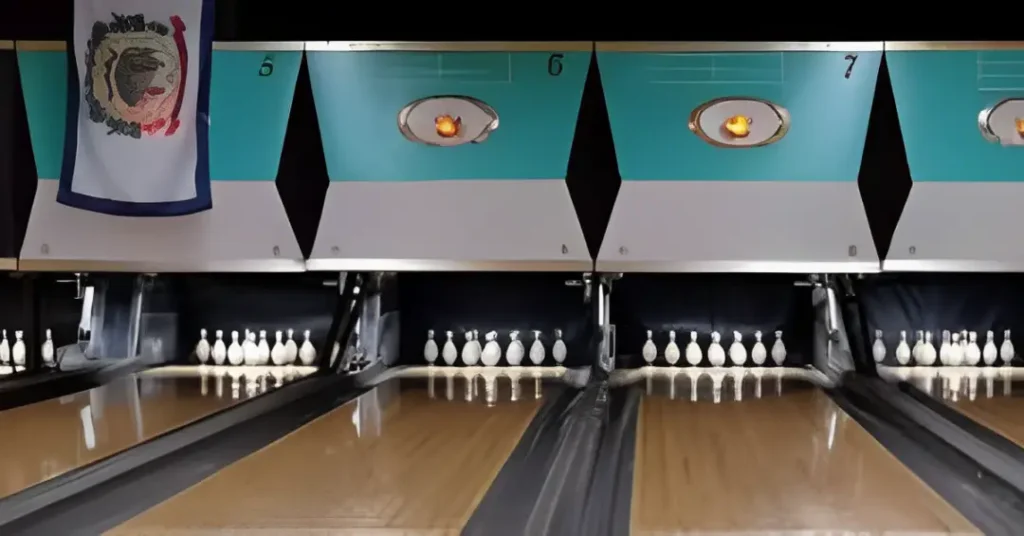
But once you get the hang of it, knocking down those stubborn 1-pound sticks can get highly addicting. Read on to learn all about the origins, equipment, scoring, techniques, and places to enjoy the pint-sized charm of candlepin bowling.
The History of Candlepin Bowling
Candlepin bowling traces its origins to Worcester, Massachusetts around 1880, invented by Justin White. According to the International Candlepin Bowling Association (ICBA), White drew inspiration from an earlier form of bowling called cocked hat that employed triangular pins. He designed slimmer stick-like pins that resembled candlesticks, hence the name candlepin bowling.
This newfangled bowling sport quickly spread throughout New England, retaining its foothold over a century later. However, in the 1970s, enthusiasm waned as tenpin bowling with larger balls and bowling alleys overshadowed candlepin leagues and facilities. Still, many bowling centers converted at least some lanes to candlepins to stay viable, preserving its legacy in parts of Maine, Vermont, New Hampshire, Massachusetts, Connecticut, Rhode Island, and Nova Scotia and New Brunswick, Canada.
Wisconsin and Maryland also boast strong candlepin scenes today. The sport regained popularity as an activity for all ages, from school field trips to senior citizen groups. Coveted spots in weekend league play keep the tradition thriving as nostalgia for retro fun grows.
Equipment Used in Candlepin Bowling
The specialized equipment sets candlepin bowling apart from any other bowling game. The three vital components include:
Balls
Candlepin balls weigh 2-3 pounds on average, with solid construction featuring attractive colored designs but no finger holes. Their small size allows bowlers of all ages and abilities to comfortably palm the ball. They are much lighter than the 8 to 16-pound balls used in tenpin bowling.
Pins
True to their name, candlepin pins stand tall at 15 inches high but only 4.5 inches wide. They resemble large pencils weighing about 1.5 pounds each. Made of hard maple wood, their slenderness makes them more challenging to knock down with the small balls.
Lanes
To accommodate the miniature balls and pins, candlepin lanes run 40 to 50 feet long from the foul line to the pin deck. They have gutters 4.5 inches wide to trap missed balls running down either side. The lane surface has a similar conditioning oil pattern as tenpin lanes.
Scoring Points in Candlepin Games
Scoring works like tenpin bowling with strikes, spares, and open frames. However, some variations exist since the chances of throwing 12 strikes are extremely rare in candlepin bowling. Key scoring factors include:
Due to the three throws allowed per frame, games take longer than ten-pin bowling. Plus resetting fallen pins manually by a pinsetter adds more time between frames. So play moves slower but with plenty of quirky excitement trying to clear those skinny sticks.
Throwing Techniques and Strategy Tips
Successfully bowling in the game of candlepin calls for perfecting some special techniques quite distinct from heavier tenpin balls. Here are some key strategy tips:
Top players demonstrate incredible accuracy, sending balls careening through splits by deftly measuring the spin, speed, and launch angle needed. Bowling consistent strikes requires pro-level finesse and focus since the margin for error stays slim with stubbier pins. But devoted practice brings candlepin mastery within reach.
Where to Find Candlepin Bowling Centers and Leagues
While few candlepin bowling alleys exist outside northern New England and Canada, they can be found in most regions of Maine, New Hampshire, Vermont, Massachusetts, Rhode Island, and Connecticut. Travelers can check the ICBA website at candlepinbowling.com to find registered member bowling centers in their state or province.
Top facilities like Bayside Bowl in Portland, Maine, or Spare Time Entertainment Center in Attleboro, Massachusetts, maintain modern lanes for open public bowling, corporate events, school groups, birthday parties, and more in historic buildings. They often house full-service restaurants and arcades alongside candlepin lanes.
Candlepin bowling remains woven into cultural tradition across Canadian Maritime provinces as well. Long-running leagues play weekly games at clubs like Fairlanes Bowl in Halifax, Nova Scotia, which has hosted national CPBA tournaments.
Those wishing to connect with others passionate about candlepin bowling should check regional newspapers and online message boards for leagues seeking new members. From youth programs to men’s and women’s leagues, joining a team tests your skills while forging new friendships.
Major Tournaments Spotlight Top Talent
While professional and league candlepin events generally draw regional crowds only, major tournaments can command national and international attendees. The International Candlepin Bowling Association sanctions competitive tournaments that have crowned national champions since 1979.
The two premier annual tournaments include:
Other annual ICBA tourneys welcome pros and amateurs, such as the North American Championships, the U.S. Open, and more. Communities from Bangor, ME, to St. John, New Brunswick, have hosted professional-grade competitions thanks to strong local organizational support.
